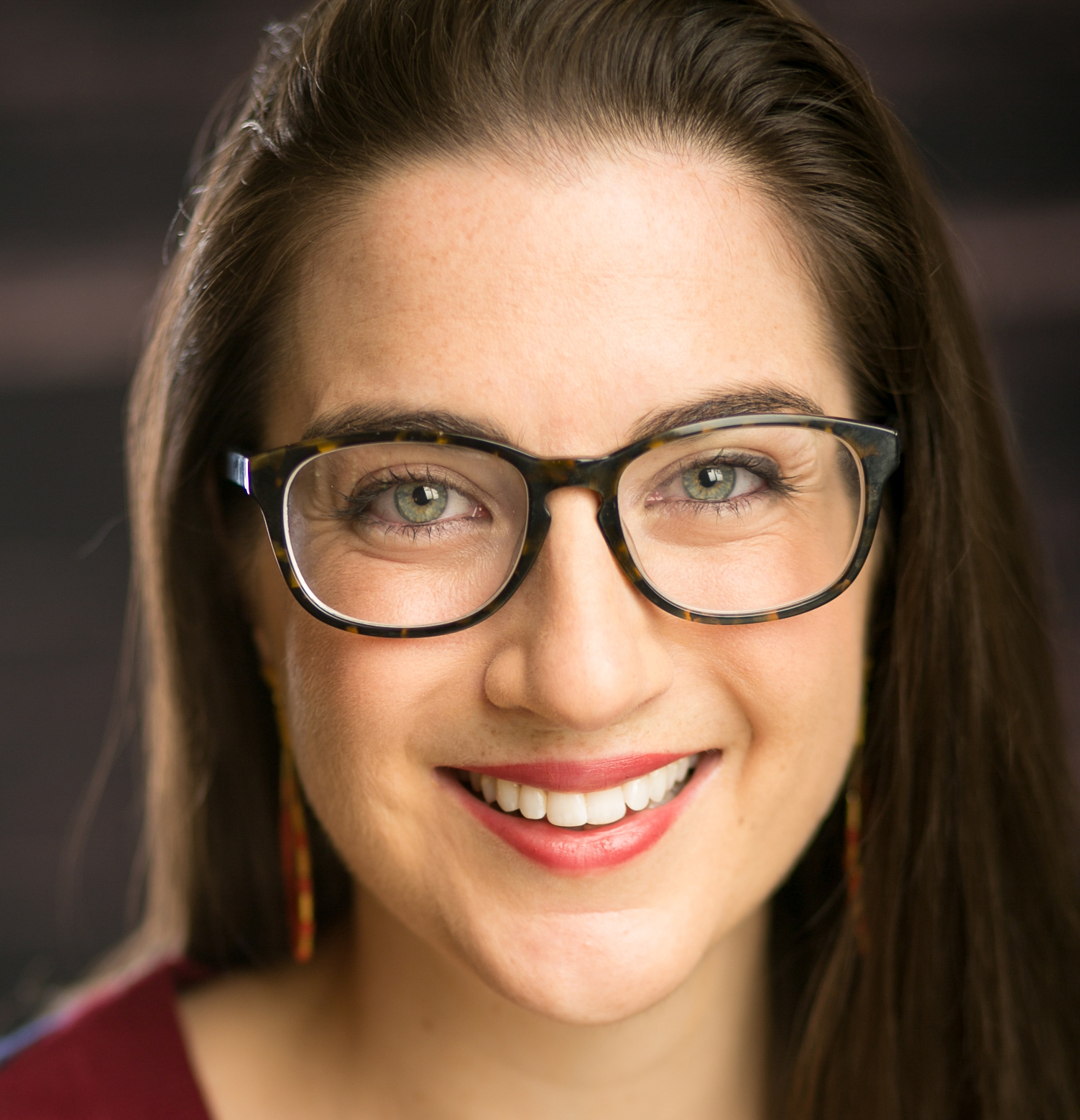
Students need to develop healthy relationships with adults not just to succeed in the classroom but also to succeed in life and at work after they graduate high school.
The wholesale shift to online learning has, of course, complicated educators’ efforts to connect with students. It has also made it difficult for teachers to connect students with community members who can serve as mentors and professionals role models.
But helping students develop and maintain a web of relationships should be seen as a priority and a matter of equity, says Julia Freeland Fisher, director of education at The Clayton Christensen Institute think tank.
“When we talk about dismantling systemic racism it’s not just police reform, but also how opportunities get accessed and by whom,” Fisher tells District Administration. “We should be thinking particularly about the ability of employers to be in relationships with black students and students of color.”
More from DA: What is the future of policing in schools?
Research indicates that half of all jobs are acquired through a personal connection, which makes it urgent for educators to sustain a career pipeline, especially for high school students who may be looking for gainful employment—rather than higher education—right after graduation.
Another looming complication is that safety protocols and budget cuts in the fall could restrict career-oriented enrichment activities, such as field trips and guest speakers, Fisher says.
“All schools are very relationship-centered but few are doing the work of measuring students’ access to relationships and ensuring that positive relationships are equitably distributed,” Fisher says.
Relationship mapping with students
Moving forward, Fisher recommends that educators create “relationship maps” for each student. That starts with identifying the relationships students have outside school, beyond the parents or caregivers listed on registration or emergency contact information.
“It may sound costly to schools that are handling a whole load of logistical challenges right now, but understanding those assets could be a huge win in the coming year because you’ll have more partners in supporting students,” Fisher says.
More from DA: Here are the key questions to answer to safely reopen schools
While many educators have focused on helping students form at least one close relationship with a supportive adult, the work shouldn’t stop there, Freeland says.
“All the research shows that it’s a web of caring adults that is the most effective at buffering risk,” she says.
This means that schools should also give students opportunities to form more casual relationships—which Fisher calls “weak ties”—with community members through serving learning, internships, school clubs and similar programs.
Da Vinci Schools, a small charter system in Los Angeles, has been providing these types of opportunities virtually, and can serve as a model for other districts, Fisher says, .
“Diversifying a student’s network is a way to ensure that the eventual economic recovery is an equitable recovery,” Fisher says. “Who you can know can really determine what you get access to.”
Educators should also consider connecting students with “near peer” relationships, particularly when it comes to college counseling. Several organizations pair high schoolers with recent graduates who can provide guidance in the college application and transition process.
More from DA: Superintendents chart new courses for combatting racism
“Near-peer mentors can lend real credibility in a relationship because of their proximity and experiences,” Fisher says.
Tech tools to build students’ networks
There are several tech tools that can help students develop relationships with professionals during online and remote learning. These services allow students to participate in longer-term internship-type projects or shorter video chats.
These tech tools include Nepris,¯Dreamwakers and Educurious, among others.
“These tools connect students to weak ties—they’re not about shoring up a caring support network,” Fisher says. “But these tools can make it possible and affordable to make sure students still getting connected.”
Share your stories of teacher creativity
District Administration is sharing stories of creative teaching during this challenging time. Please use this form to nominate an innovative teaching effort for us to share with our readers.

